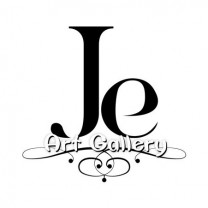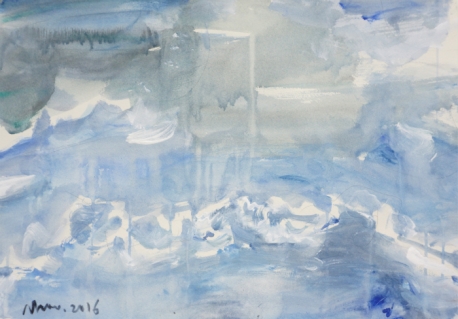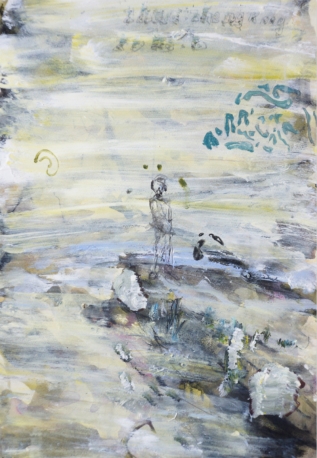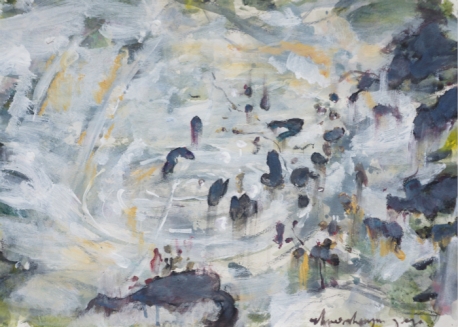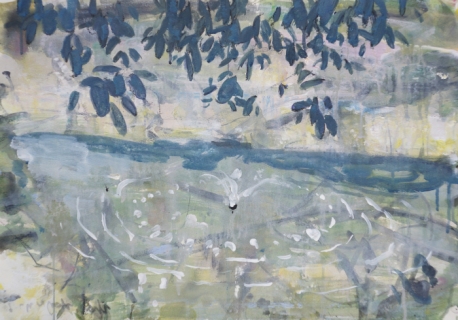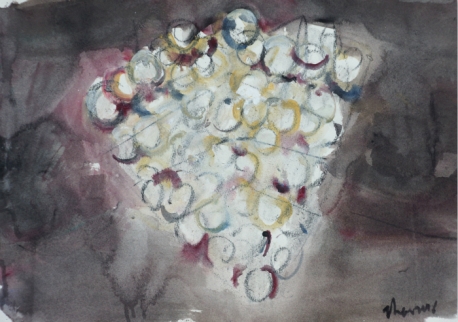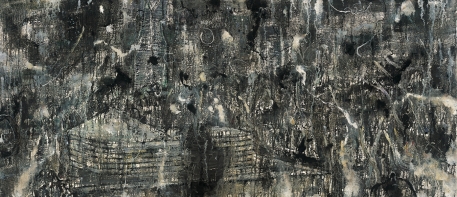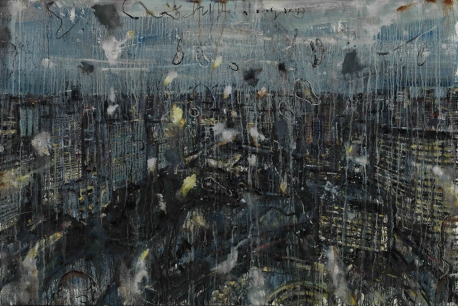- 资质:
- 评分:
1分 2分 3分 4分 5分 6分 7分 8分 9分 10分 7分
- 印象:
- 经营时间:10年
- 展厅面积:200平米
- 地 区:上海-徐汇
纸术 | 赵峥嵘纸本作品展
- 展览时间:2016-07-01 - 2016-07-31
- 展览城市:上海-徐汇
- 展览地点:上海永嘉路498号 498 Yongjia Road,Shanghai
- 策 展 人:雷祺发
- 参展人员:
展览介绍
纸术 赵峥嵘纸本作品展
Start from Paper : Zhao Zhengrong's paper paintings
展 期 Date | 2016.07.02 – 2016.07.12
时 间 Hours|11am -18pm 周一闭馆 Monday Closed
地 点 Address |上海杜若云章画廊 Je Fine Art Gallery Shanghai
上海永嘉路498号 498 Yongjia Road,Shanghai
入场费Admission | 25 RMB 会员免费 Members Free
文 |策展人 雷祺发
对于艺术家赵峥嵘来说,纸本创作也是不可忽视的一个自我情绪场域。这些纸本作品未被大多数人真正窥见的时候,它其实是艺术家另一种表达方式的延伸。
面对赵峥嵘的纸本作品,情绪感是一个很重要的解读关键词。没有情绪介入,对于艺术家赵峥嵘来说,严重一点的话,绘画是不成立的。当然,没有哪个艺术家不在乎自己作品的情绪感。但艺术家赵峥嵘个我的情绪表达是由感知而起,是对现实景致的感知介入,绘画由此变为情绪传达的载体,同时摇摆在自我存在之间,情绪与自我附体。可见,赵峥嵘作品的情绪感是自我内心与外在视界与之弥合的体验,是一种我在的情绪感。
再者,读赵峥嵘的作品,不可不提及的词汇:书写性。赵峥嵘的纸本创作与其他绘画创作对书写性的敏感是二者的共同点。书写情绪不是为了再现景物,而是呈现内在的心象风景,表现心境是艺术家自我中心存在的主体。面对书写而来的痕迹,是是非非,不是具象,也不是抽象,而是一种意象的情绪表达。艺术家与景致互为对话,已不重要谁是情绪的主体。
由此,解读赵峥嵘的纸本作品,一个是情绪感,一个是书写性。也可以说,一个是心,一个是手。相由心生,纸本则是艺术家心生的相。纸本作为一种媒介表达载体,越来越成为艺术家艺术创作的利器,成为个我艺术史构建的一部分,见证艺术家的心路历程。
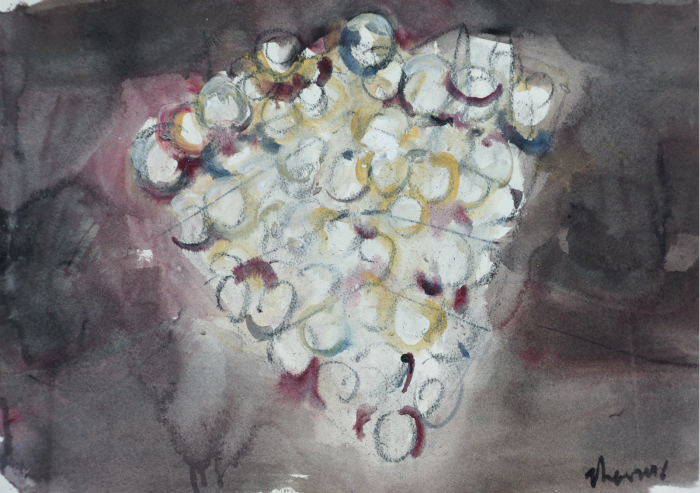
灯| 57cm x 38cm |纸本 |2016

河边| 57cm x 38cm |纸本 |2016
文|Je Young Professional Gwen
清晰有序是一种蒙蔽。
弗洛伊德认为梦是欲望的满足,人们有所希望,不能在现实中实现,故而寄托于梦境。而斯拉沃热·齐泽克则由此更进一步,提出虚拟世界比现实更真实,这样的观点。换句话说,混沌的梦境比视觉清晰的现实世界,更能展现精神的真谛;而赵峥嵘梦境般的画作,正是推动观者对这样一种“绝对的真实”的探索。
正如梦的内容永远来自事实或精神经历,赵峥嵘描绘的对象皆在我们的世界有迹可循,树林、河边、云,甚至一盏灯;然而潮湿、凌乱的笔触和扭曲至几近难寻的轮廓,排斥了所有“现实感”的体验。生活在现代世界的我们,受利于科学技术的飞速进步,对高精度图像的追求得到满足,高像素的相机、电子屏、投影设备等等,让我们被泛滥的、视觉上的清晰所包围,无处可逃。符号和含义中间的连接无需我们多加思考,变得武断、机械。在艺术的环境中,中央美术学院副教授余丁对此曾总结为“空间的清晰性和时间的模糊性在当代视觉艺术的一种体现正是视觉的清晰和精神的蒙蔽”。而赵峥嵘抵抗的就是这种蒙蔽。
赵峥嵘的作品提供了一个极度主观的视角。这种主观并不来自艺术家本身,而是来自画面的模糊和混沌对符号和含义之间清晰连接的取缔,适用于每一个观看者身上。当现代人习惯于被喂食事物的意义时,自身的主体性也随之流逝了。赵峥嵘梦境式的画面催促人们去“看”,而不是直接“看见”:作为一个人的“真实”,并不在于所获得的意义的普遍性,而在于主动寻求意义的过程。
“现实”是单一的,“真实”是无限而多变的,两者之间微妙但巨大的差异,也许你在品味过赵峥嵘的艺术后,便能体会。
Lucidity and order is a kind of deception.
Freud views dream as the fulfillment of desire: human beings have hope that cannot be achieved in reality, so they dream. Slavoj Zizek pushed a step further, stating that virtual reality is more authentic than the reality as we know it. In other words, chaotic dreams are more authentic than real world, which can show he truth of one’s spirit. Zhao Zhengrong's paper paintings are exactly to push the spectators to look for such “ultimate authenticity”.
To achieve that, the artist has to fight against the deception that comes from modern technology that grants us a massive amount of high definition visual consumption. The content of such deception is that the relation between the sighs and the connotation (denotation) becomes single and fixed. People are fed with certain ideologies mechanically and robbed of the rights to perceive a sigh (be it linguistic or visual) by themselves.
The weapon of Zhao Zhengrong, is precisely the vagueness of his images that rivals the HD world around us. The misty, disordered brushworks and the twisted, borderline unidentifiable subjects of his paper paintings reject the experience of the “real world”. Although just like dreams, all the material, or say, subject matters such as forests, riverbanks, clouds, chandeliers, etc., come from our reality, they are portrayed as a fantasy. These images provide a subjective perspective not from the artist, Zhao Zhengrong, himself, but from the various possibilities between the sighs and the signed. The spectators gain subjectivities that lost within the mechanic HD world, by looking for the meaning behind Zhao’s paintings, depending on their own memories and emotions.
The “ultimate authenticity” does not come from how an idea is commonly accepted, but from the process of searching an idea. “Reality” is simplex, “authenticity” is versatile and infinite. After experiencing the works of Zhao Zhengrong, you may be able to get a btter taste of the huge but subtle difference between these two ideas.

 黄琦
黄琦 武中奇
武中奇 测试用艺术
测试用艺术